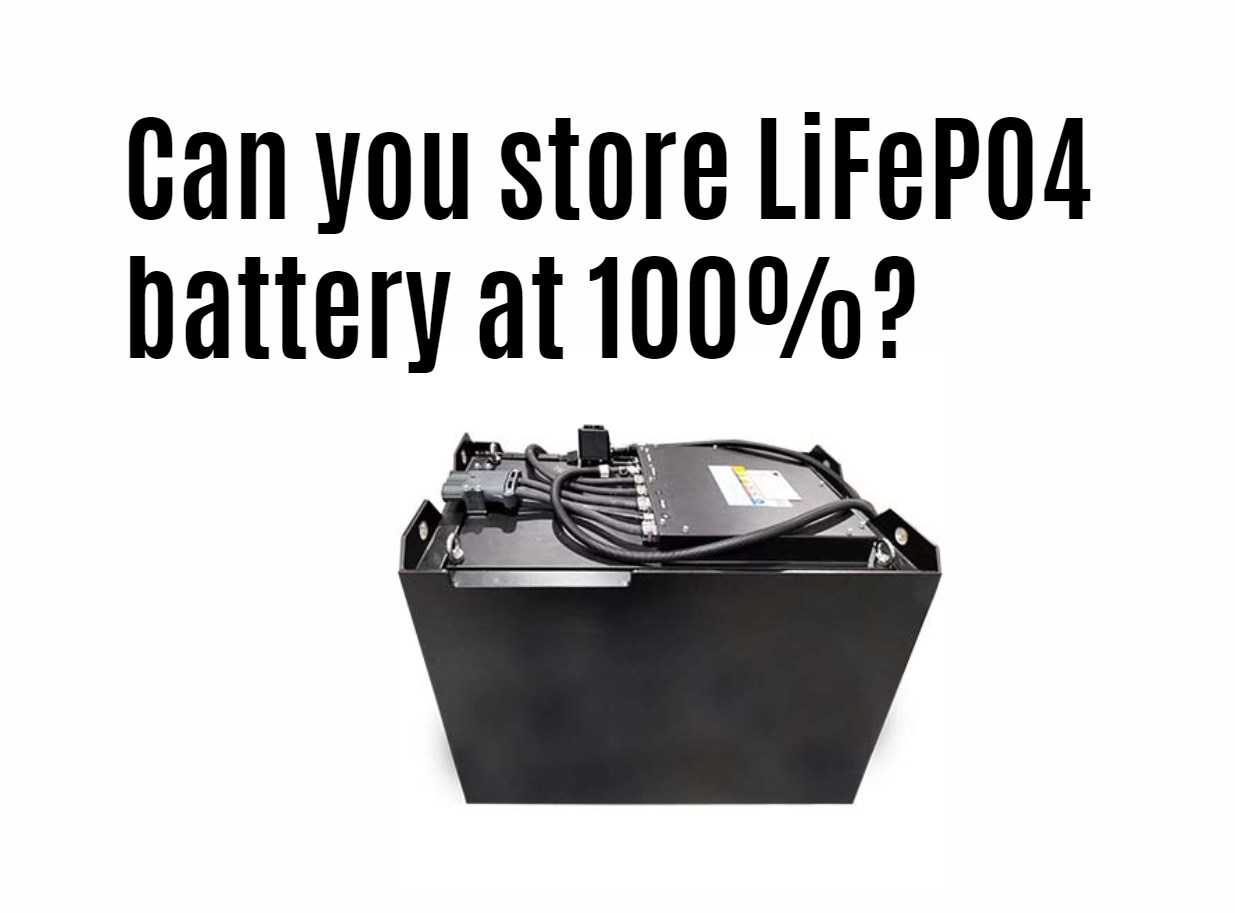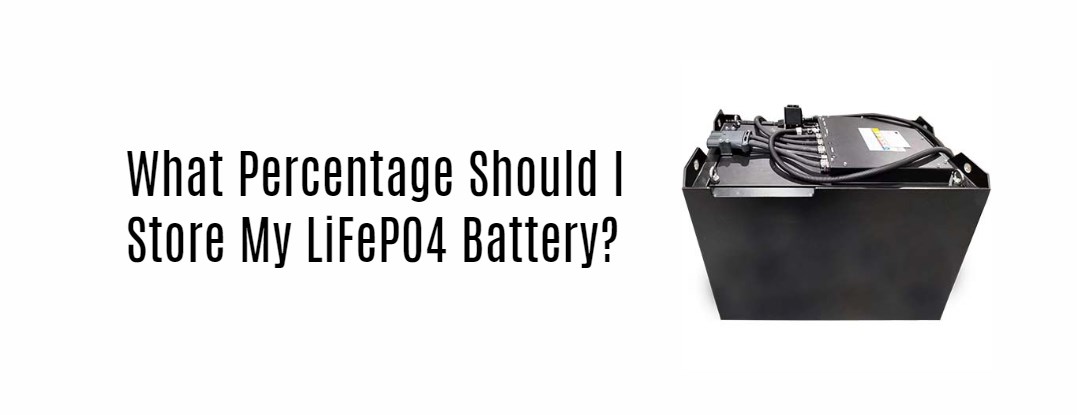When it comes to Lithium Iron Phosphate (LiFePO4) batteries, understanding proper storage practices is essential for maximizing their lifespan and performance. One common question among users is whether it is advisable to store LiFePO4 batteries at 100% charge. In this article, we will explore the implications of storing LiFePO4 batteries fully charged, the best practices for battery maintenance, and how to ensure optimal longevity.
Understanding LiFePO4 Battery Chemistry
LiFePO4 batteries are known for their stability, safety, and long cycle life. Unlike other lithium-ion chemistries, LiFePO4 batteries have a lower energy density but offer several advantages, including:
- Thermal Stability: They are less prone to overheating and thermal runaway.
- Long Cycle Life: Typically capable of 3,000 to 5,000 cycles, making them suitable for various applications.
Storing LiFePO4 Batteries at 100% Charge
While LiFePO4 batteries can technically be stored at 100% charge, it is not the ideal practice for long-term storage. Here are some key considerations:
1. Impact on Lifespan
-
Voltage Stress: Storing a LiFePO4 battery at full charge can subject the cells to higher voltage levels over extended periods. This condition can lead to increased wear and tear on the battery, potentially reducing its overall lifespan.
-
Optimal State of Charge (SoC): For long-term storage, keeping the battery at a SoC of around 50% to 70% is generally recommended. This range minimizes stress on the cells while ensuring that the battery remains ready for use when needed.
2. Self-Discharge Rates
LiFePO4 batteries have low self-discharge rates compared to other lithium-ion batteries. However, they will still gradually lose charge over time. Regularly checking and recharging the battery if stored at lower SoC levels is essential to prevent it from dropping too low.
Best Practices for Storing LiFePO4 Batteries
To ensure that your LiFePO4 battery remains in optimal condition during storage, consider the following best practices:
1. Store in a Cool, Dry Place
-
Temperature Control: Ideally, store your battery in a temperature-controlled environment. The recommended storage temperature is between 15°C to 25°C (59°F to 77°F). Avoid extreme temperatures that can degrade battery performance.
2. Monitor State of Charge
-
Regular Checks: If you store your battery for an extended period, check its SoC every few months. If it drops below 50%, recharge it back to the recommended level.
3. Use a Battery Management System (BMS)
-
A BMS can help monitor and manage the charging and discharging processes, ensuring that your battery remains within safe operating limits during storage.
4. Keep Terminals Clean
- Before storing your battery, clean the terminals to prevent corrosion. Use a mixture of baking soda and water if necessary, and ensure that the connections are tight.
Common Misconceptions About Storing LiFePO4 Batteries
1. “Storing at Full Charge is Safe”
While LiFePO4 batteries are more tolerant of being stored at full charge than other lithium-ion chemistries, it is still not ideal for long-term storage due to potential voltage stress.
2. “No Maintenance Required”
While LiFePO4 batteries require less maintenance than traditional lead-acid batteries, they still benefit from regular checks on SoC and terminal cleanliness.
Latest News on Lithium Battery Storage Practices
Recent studies have highlighted advancements in battery technology that improve longevity and performance:
- Researchers are developing new algorithms for BMS that optimize charging cycles based on usage patterns and environmental conditions.
- Innovations in battery chemistry aim to enhance stability further while allowing for more flexible charging options without compromising lifespan.
Data Chart: Recommended Storage Conditions for LiFePO4 Batteries
| Storage Condition | Ideal Range | Impact on Battery |
|---|---|---|
| State of Charge (SoC) | 50% – 70% | Reduces stress on cells |
| Storage Temperature | 15°C – 25°C (59°F – 77°F) | Prevents degradation |
| Self-Discharge Rate | Low | Maintains usable capacity |
| Maintenance Frequency | Every 3-6 months | Ensures optimal performance |
FAQs About Storing LiFePO4 Batteries
Can I leave my LiFePO4 battery fully charged?
While it’s technically possible, it’s not advisable for long-term storage due to potential voltage stress on the cells.
How often should I check my stored battery?
It’s recommended to check your stored battery every few months to monitor its state of charge and ensure optimal performance.
What should I do if my battery discharges too low?
If your battery discharges below 50%, recharge it back to the recommended state of charge as soon as possible.
Conclusion
In conclusion, while you can store your LiFePO4 battery at 100% charge temporarily, it’s not ideal for long-term storage due to potential impacts on lifespan and performance. By following best practices such as maintaining an optimal state of charge and storing in suitable conditions, you can ensure that your battery remains reliable and efficient over time.For customized lithium solutions tailored specifically to your needs—whether for renewable energy systems or automotive applications—contact Redway Battery today for a quick quote!





